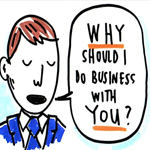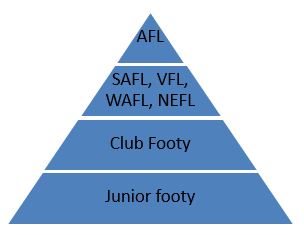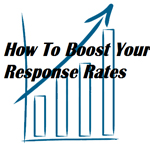“Winning Isn’t Everything But Losing Is Nothing” – Part 2
 In the first part of this article I talked about how winning and losing needs to be constructed in the context of playing a bigger game to reach your goals. Then having the ability to not take losing (Or winning) personally – which is a major barrier to reaching your goals and success.
In the first part of this article I talked about how winning and losing needs to be constructed in the context of playing a bigger game to reach your goals. Then having the ability to not take losing (Or winning) personally – which is a major barrier to reaching your goals and success.
And more importantly being able to understand that it’s not the number of times you win necessarily but how big you win when you do – and being emotionally okay with it. Mostly people are not okay with losing at all.
The second thing you need to be aware of is that you don’t want to go broke trying to win.
In both my and other people’s opinion, the inability to understand how to make compound interest or geometric growth work for you rather than against you is the single biggest obstacle to sustained success.
Is a 2% return any good?
One of our clients is getting about a 2% referral rate every month on his newsletter. In a past business life I was getting a 2% return on my direct mail, (that return meant I was making 2 grand in profit for every $100 spent.) I got depressed with 2% and stopped doing direct mail. Can you spell
‘B.I.G. M.I.S.T.A.K.E?’
Do you know what sustaining that response rate means? It means quite simply that our client’s business will grow 27% from new customers in the next 12 months.
Would that make you happy? 27% bigger this time next year.
All from a ‘piddly’ 2% response rate being able to compound for 12 months. 2 years on and you’ve grown 61%.
Unfortunately most people will get discouraged at 2% and just stop.
You can use compound interest in your favor or not. The choice is yours. But I can guarantee you that playing the long game is how most people succeed. I am yet to encounter a genuine overnight success. They all begin with long periods spent in obscurity, before the bloom into something massive.
As far as I can see everything unfettered in nature grows geometrically. The only place there is linear growth is in the world of jobs and employees.
 I probably heard the first quote from my mother when I first played under 8’s basketball. I heard the second quote from Mutant League Football on my Sega Megadrive when I was 12.
I probably heard the first quote from my mother when I first played under 8’s basketball. I heard the second quote from Mutant League Football on my Sega Megadrive when I was 12. For most of us that is the hardest question we can answer. It happens to be one of the foundation questions for making a sale.
For most of us that is the hardest question we can answer. It happens to be one of the foundation questions for making a sale. There is a marketing success secret lurking just within our vision – in any professional sporting competition, from cricket to netball to rugby to NRL to AFL.
There is a marketing success secret lurking just within our vision – in any professional sporting competition, from cricket to netball to rugby to NRL to AFL. Then you go down to the level of the seniors at local footy clubs and there are at least 4 times as many again.
Then you go down to the level of the seniors at local footy clubs and there are at least 4 times as many again. The amount your customers spend with you should look like this – few spending a lot, many spending some. A whole lot spending not much. That is a business operating in accordance with nature.
The amount your customers spend with you should look like this – few spending a lot, many spending some. A whole lot spending not much. That is a business operating in accordance with nature. One of the sad things about marketing is that not everybody who should respond to an offer does respond. You also get people who do respond, who perhaps shouldn’t but that’s another kettle of fish.
One of the sad things about marketing is that not everybody who should respond to an offer does respond. You also get people who do respond, who perhaps shouldn’t but that’s another kettle of fish. There is one task that will determine if a business goes from idea on paper to profitable enterprise. Without it you’ll scrap and fight for existence, struggle one month to the next in order to pay all the bills and meet pay roll.
There is one task that will determine if a business goes from idea on paper to profitable enterprise. Without it you’ll scrap and fight for existence, struggle one month to the next in order to pay all the bills and meet pay roll.